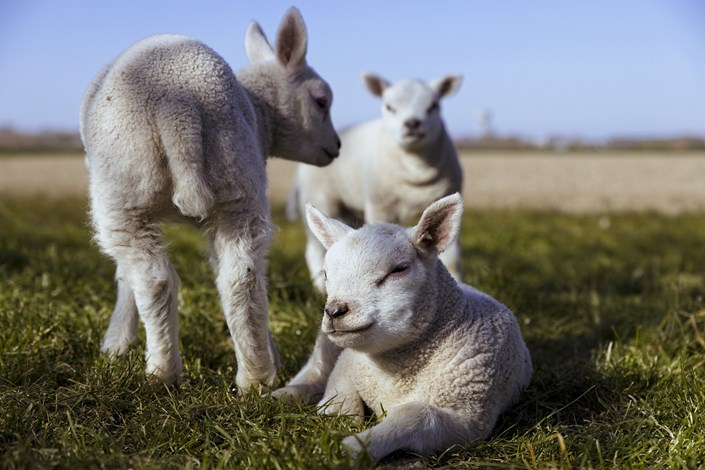High lamb worm burdens this month

Results suggest that there is current high pasture larval challenge on many holdings.
High worm burdens have been found in many of the lamb carcases received for post-mortem examination since the start of August through our Dumfries DSC. Where lambs have been thin, sufficient worms have been recovered to explain both ill thrift and death. Concurrent localised bacterial pneumonia has also been a feature. Significant worm burdens have also been detected in lambs in better body condition that have died of other conditions such as pulpy kidney.
Teladorsagia species have predominated with Nematodirus battus making a contribution to small intestinal burdens in some cases. Worm egg counts have often been correspondingly high with several thousand strongyle eggs per gram not uncommon.
However, in others the worm egg counts have been low as a result of infection with large numbers of immature worms, one to watch if carrying out in house worm egg counts.
The results suggest that there is current high pasture larval challenge on many holdings, which is not unexpected for August. Ideally growth rates and/or worm egg counts should be monitored. Assessment of whether individual fields are likely to be high, medium or low risk is also important. Post weaning growths rates will be better if lambs can be grazed on fields that are low risk for infectious worm larvae e.g. reseeds. However, in order to reduce selection for anthelmintic resistance lambs should not be dosed and immediately moved onto these areas. A percentage of the group should be left untreated, and the move should be delayed. If worm egg counts are high this would be a good time to carry out a faecal egg count reduction test to assess product efficacy. As a minimum, faecal samples should be collected at the appropriate time post treatment.
For more information see:
SCOPS – Pasture Risk Assessment
SCOPS – Preserve Susceptible Worms
SCOPS – Detecting Anthelmintic Resistance
Posted by SRUC Veterinary Services on 16/08/2023
